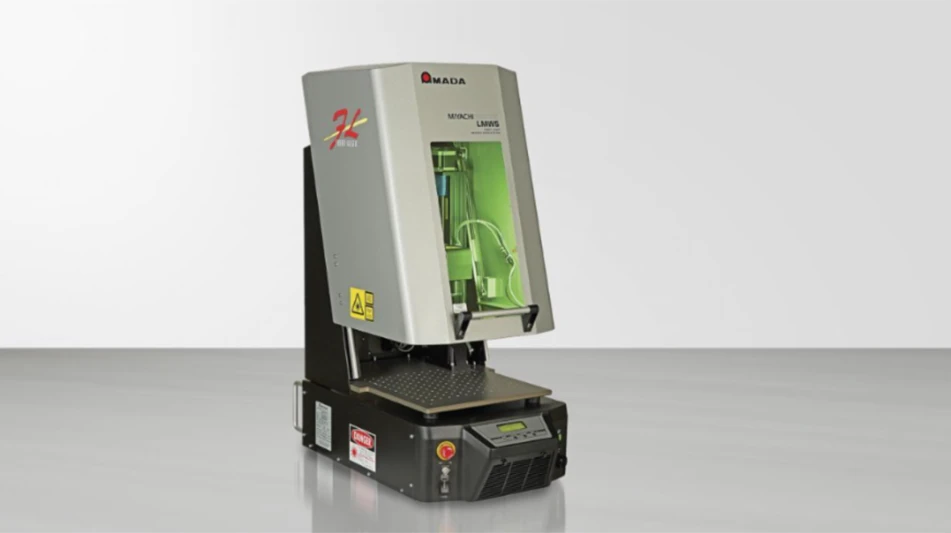
Deloitte
A new class of vehicle is emerging that could turn dreams of flying cars into reality. Electric or hybrid-electric vertical takeoff and landing vehicles (eVTOLs) have the potential to revolutionize the future of human and cargo mobility. A new Deloitte report, “The elevated future of mobility: what’s next on the horizon” analyzes the evolution of eVTOLs and presents a roadmap for navigating disruption ahead.
There has been progress in the development of eVTOLs, but several barriers still stand in the way of widespread deployment. It will be an ongoing challenge to manage and regulate an increasingly diverse airspace. There are also significant psychological barriers to overcome, as consumers grow accustomed to new modes of travel. In a poll of 10,000 consumers, Deloitte found that nearly half viewed autonomous aerial passenger vehicles as a potentially viable solution to roadway congestion. But 80% believe these vehicles “will not be safe” or are uncertain about their safety.
Advancements to eVTOL technologies (such as collision avoidance systems) and ground infrastructure will also be needed. For example, while onboard technology is maturing, energy management – including battery capacity – remains a limiting factor. Most cities still lack the requisite takeoff, landing, and service infrastructure to accommodate eVTOL deployment.
“We’ve seen considerable strides made in the advancement of elevated mobility, particularly in the last two years,” says Robin Lineberger, Deloitte Global’s Aerospace & Defense leader. “While the public may focus on the viability of eVTOLs in human transportation, the movement of cargo is just as important and will likely drive early adoption of these aircraft.”
Deloitte projects that between 2020 and 2025, passenger eVTOL prototypes will be tested and commercialized. In this period, stakeholders will work together to form regulation, support infrastructure, and create traffic management systems. From 2025 to 2030, the wide use of cargo eVTOLs will usher in the first wave of commercialized passenger aircraft, with technology improving the vehicles’ safety and reliability. By 2030 and beyond, autonomous passenger eVTOLs will begin to be adopted, with greater social acceptance resulting in the aircraft’s proliferation.
The emergence of eVTOLs could catalyze transformation across:
• Air traffic management systems: Developing and deploying a new, complete air traffic management system is expected to be key for widescale adoption of eVTOLs. National governments will need to work together and in conjunction with local municipalities to establish universal requirements.
• Physical infrastructure: Significant capital will be required to build vertiports and other infrastructure components. Extending current public/private partnerships or establishing new models will be necessary to secure adequate funding.
• Aircraft development: Current helicopter developers and manufacturers are at risk of being disrupted. eVTOL aircraft manufacturers stand to gain from the promising potential of the industry. Total US market size could eclipse $17 billion by 2040.
“Overall, the market for intra-city passenger eVTOLs in the US is projected to grow from $1 billion in 2025 to $13.8 billion in 2040, so the opportunity is significant,” Lineberger adds. “However, eVTOLs pose a risk to traditional aerospace companies – if these manufacturers are to survive, they should consider reexamining product mixes, business models, or even shifting their focus to evolving markets for unmanned aerial transport.”
Latest from Aerospace Manufacturing and Design
- GE Aerospace secures Air Force engine contract
- Thomson Industries' online sizing and selection tool
- #53 - Manufacturing Matters - 2024 Leaders in Manufacturing Roundtable
- Join us for insights on one of the hottest topics in manufacturing!
- You can still register for March’s Manufacturing Lunch + Learn!
- Ohio creates Youngstown Innovation Hub for Aerospace and Defense
- Tormach’s Chip Conveyor Kit for the 1500MX CNC Mill
- How to Reduce First Article Inspection Creation Time by 70% to 90% with DISCUS Software








